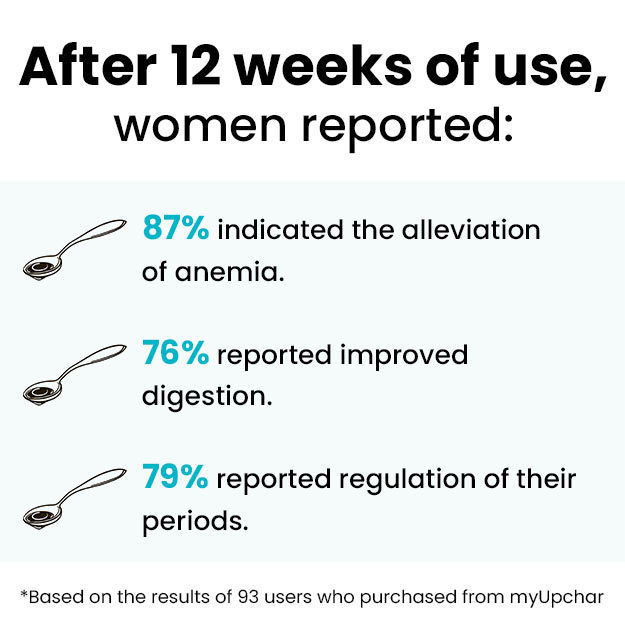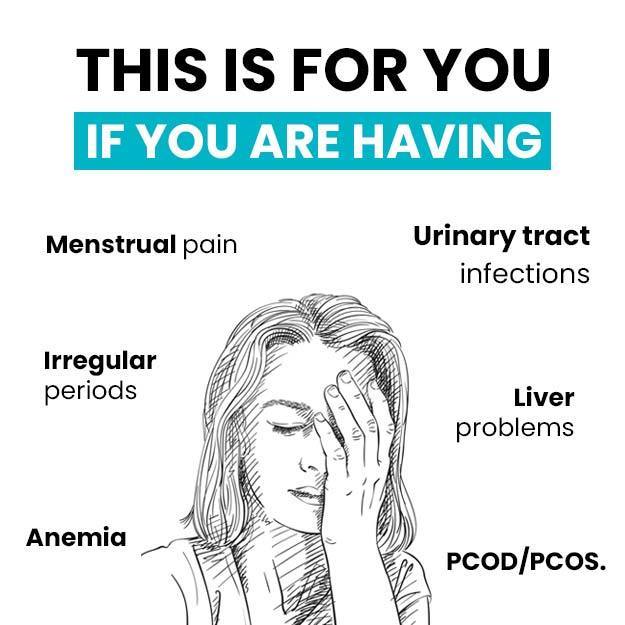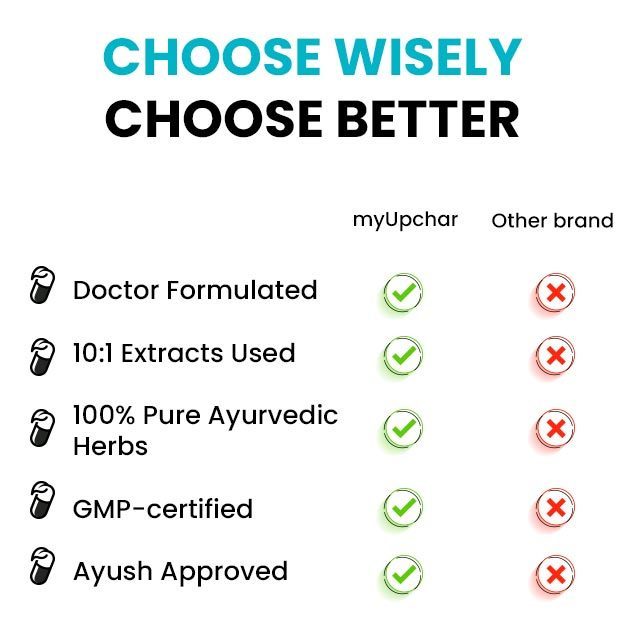What is Mercury Urine test?
Mercury is a toxic heavy metal which can cause serious health problems if ingested, inhaled or absorbed through the skin. Some amount of this metal is naturally present in the environment. It is also produced continuously through human activities such as burning of fossil fuels.
Depending on the composition and source, the three major forms of mercury are:
- Metallic mercury (present in dental fillings, batteries and thermometers)
- Inorganic mercury (found in cosmetics such as skin lightening creams)
- Organic mercury (such as methyl mercury, mostly found in seafood)
A mercury urine test is performed to check for excessive amount of metallic or inorganic mercury in the body.
Exposure to excessive quantities of any of these forms is harmful to health. Individuals who work at waste collection sites or in factories/industries which use mercury are at a higher risk of being exposed to this heavy metal and developing the symptoms of mercury toxicity.
Smoke from factories, hospital incinerators and power plants can also cause mercury exposure through inhalation.

































